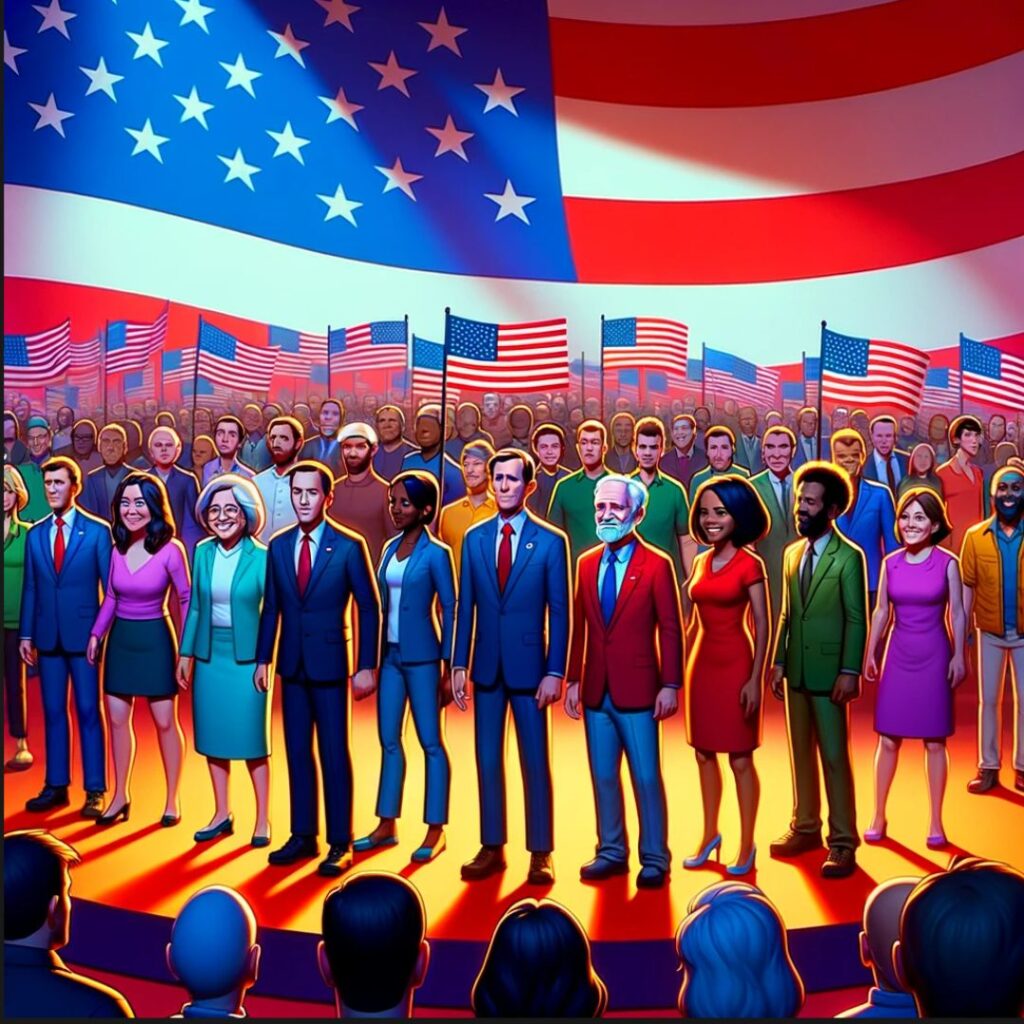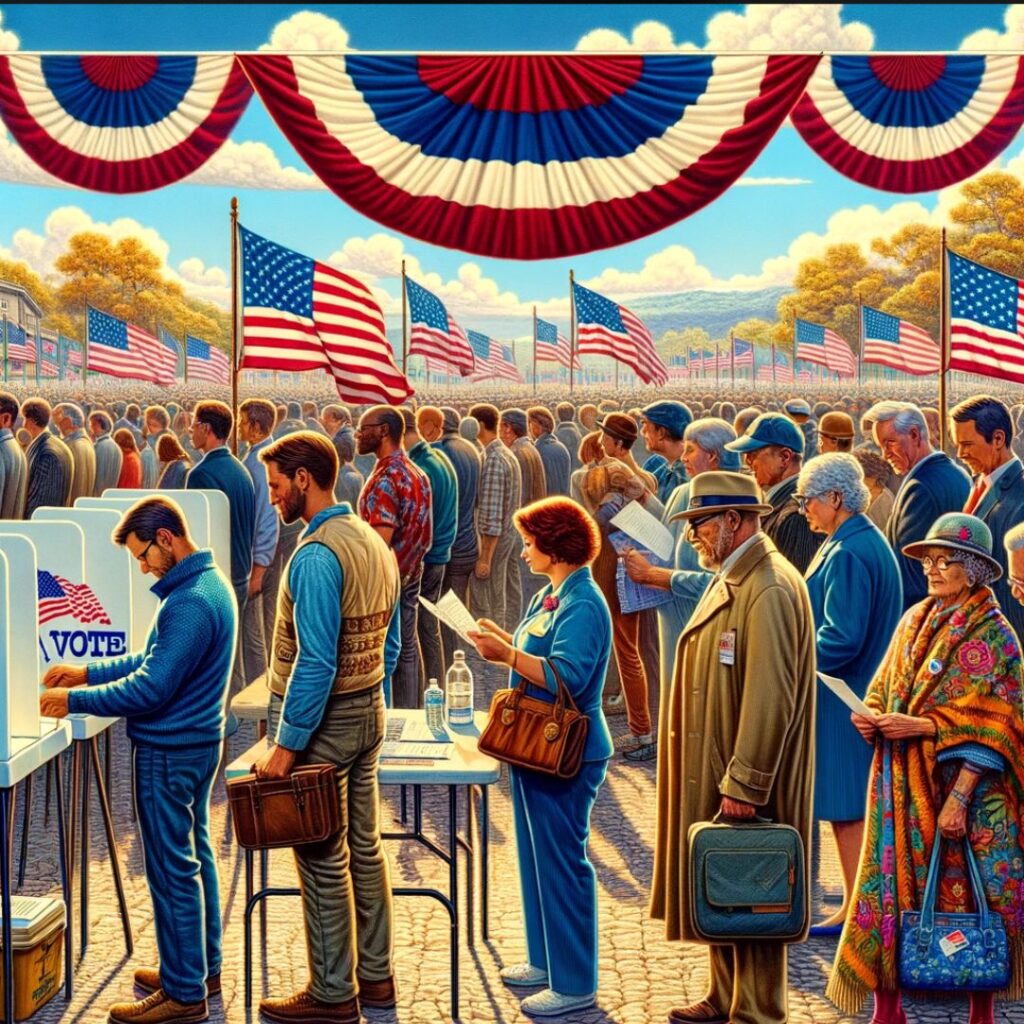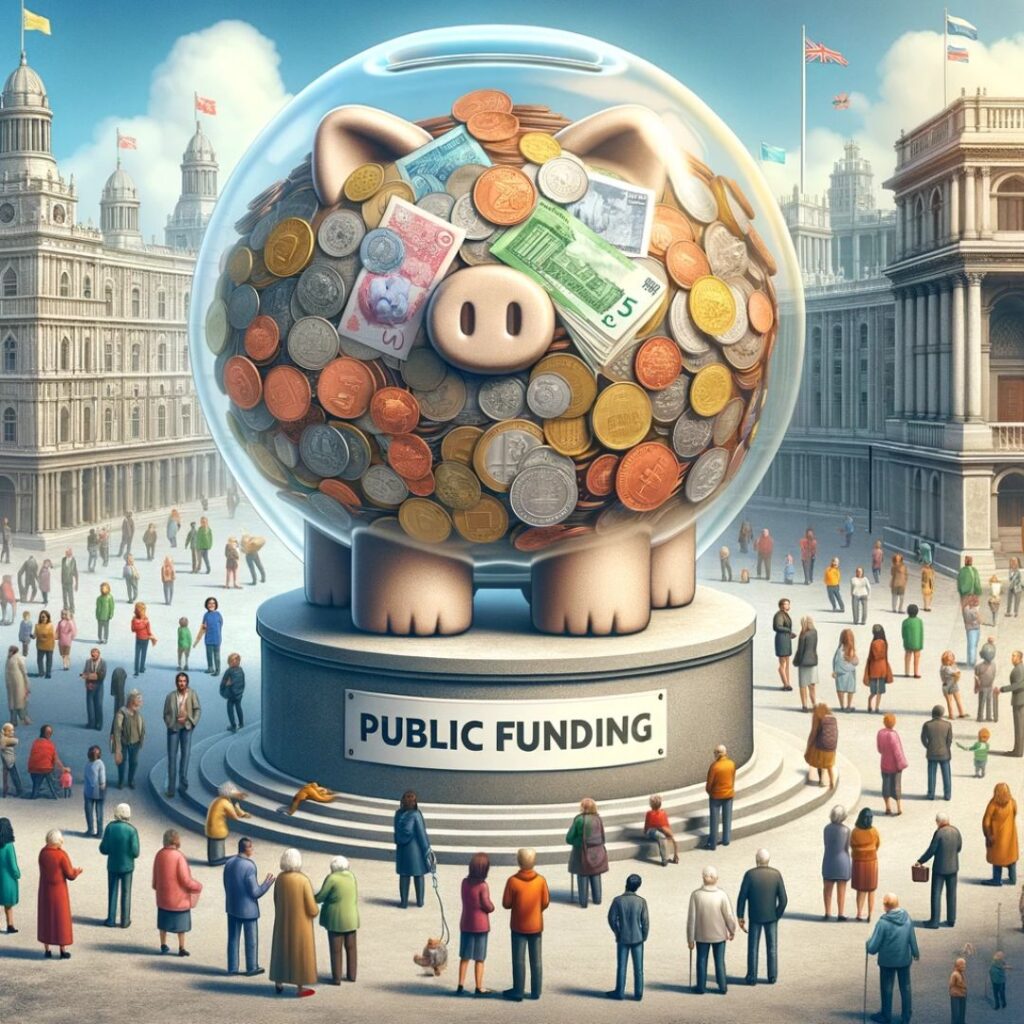In the ever-evolving landscape of American politics, the dominance of the two major parties has been an unwavering constant. However, recent years have seen a seismic shift in the political arena, opening up unprecedented opportunities for third-party candidates. As disillusionment with traditional political dichotomies grows, these underdogs are finding new footholds, signaling a potential change in the tide of future elections. Here are eight surprising boosts that are elevating third-party presidential hopefuls to serious contenders.
1. Social Media Savvy
In an age where traditional media’s influence is waning, mastery of social media platforms has emerged as a critical asset for third-party candidates. Platforms like Twitter, Instagram, and TikTok offer direct pathways to younger demographics, bypassing traditional gatekeepers and leveling the playing field. Savvy candidates are leveraging these tools not just for visibility, but to create viral moments, engage in real-time dialogue with voters, and crowdsource campaign funds, making their campaigns more dynamic and accessible.
2. Discontent with the Status Quo
A growing sense of disillusionment among voters with the existing two-party system is proving to be a windfall for third-party hopefuls. As more Americans grow tired of what they see as a binary choice between the lesser of two evils, they’re increasingly open to exploring alternatives. This discontent is not just a sentiment; it’s translating into a readiness to support candidates outside the traditional political spectrum, offering a fertile ground for third-party growth.
3. Increased Media Coverage
Media outlets, once dismissive of third-party candidates, are beginning to take them more seriously, driven in part by public interest and the demand for more diverse political discourse. This increased coverage is not only raising the profile of third-party candidates but also legitimizing their platforms and policies in the eyes of the public. As media engagement grows, these candidates are enjoying a boost in credibility and visibility that was previously hard to achieve.
4. Grassroots Mobilization
The power of grassroots mobilization has never been more evident. Third-party candidates, often operating with limited resources, are tapping into the power of community organizing to build their bases from the ground up. This approach has enabled them to forge strong connections with their supporters, who are not just voters but become volunteers, advocates, and donors. These grassroots networks are proving to be invaluable for amplifying messages and driving both local and national support.
5. Flexibility in Policy Positions
Unlike their major-party counterparts, third-party candidates often enjoy greater flexibility in their policy positions. This agility allows them to adapt and respond to the evolving concerns of the electorate in real-time, presenting fresh perspectives and innovative solutions untethered by party orthodoxy. This flexibility is appealing to voters who are frustrated with the slow pace of change within the major parties, attracting a broader spectrum of support.
6. Electoral Reforms
Electoral reforms, such as ranked-choice voting and the dismantling of ballot access barriers, are providing a more level playing field for third-party hopefuls. These reforms reduce the “wasted vote” stigma and empower voters to support their true preferences without fear of inadvertently aiding a less favored candidate. As these reforms gain traction, third-party candidates are finding it easier to compete, secure spots on ballots, and even win in areas where such victories were once considered impossible.
7. Strategic Alliances
In their quest for viability, some third-party hopefuls are forming strategic alliances with other minor parties, advocacy groups, and even disenchanted factions within the major parties. These alliances are amplifying their reach and resources, enabling them to mount more competitive campaigns. By pooling resources, sharing platforms, and uniting under common causes, these candidates are multiplying their impact and challenging the prevailing political narrative.
8. Public Funding and Small Donor Empowerment
Lastly, the shift towards public funding and the empowerment of small donors are leveling the financial playing field for third-party candidates. As public funding becomes more accessible and small contributions are amplified through matching schemes, these candidates are less reliant on large donors. This democratization of campaign financing is enabling third-party hopefuls to sustain their campaigns, increase their advertising and outreach, and ultimately, compete more effectively against their well-funded rivals.
Americans are Looking for Big Changes This Election Season
The rise of third-party presidential hopefuls is not just a fleeting anomaly but a reflection of a broader desire for change within the American electorate. As these candidates continue to harness the power of social media, capitalize on voter discontent, and benefit from electoral reforms, they are no longer mere footnotes in political discourse. Instead, they stand as credible alternatives, challenging the conventional wisdom that the presidency is the exclusive domain of the two major parties. Whether this will translate into electoral success remains to be seen, but the momentum behind these underdogs is undoubtedly growing, signaling a potentially transformative shift in American politics.
Read More
- GOP in Turmoil? 10 Major Challenges Set to Rock the Republican Party
- Bill Reviving Public Employee Pension Reaches the Alaska State Senate Floor: 6 Things You Need To Know











